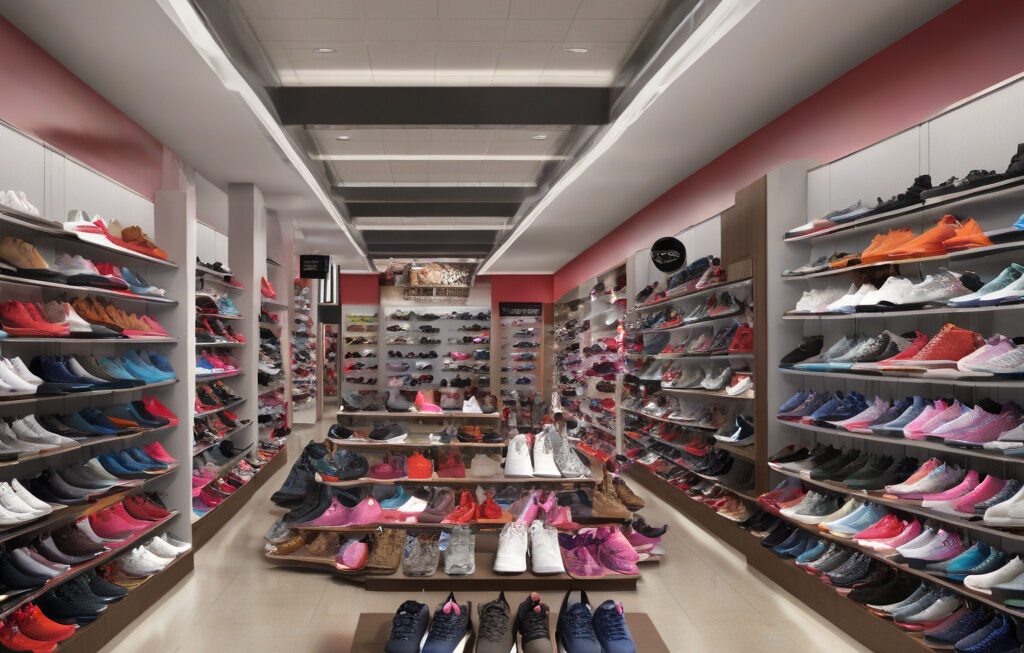Surprise! Why Apparel Prices Are Actually Falling
In a surprising turn of events, the latest US inflation data has revealed a downward trend in apparel prices. This decline comes in the wake of the Trump administration’s tariffs taking effect, marking the steepest drop in clothing prices in years. While consumers may be rejoicing at the prospect of saving some extra cash on their wardrobe updates, experts caution against complacency, suggesting that a looming sticker shock could still be on the horizon.
The unexpected decrease in apparel prices can be attributed to several factors at play in the current market landscape. One significant driver is the impact of the tariffs imposed by the Trump administration, which initially led to concerns about rising costs for consumers. However, instead of witnessing the predicted price hikes, the data indicates a notable reduction in clothing prices. This development has caught many analysts off guard, prompting a reevaluation of their earlier forecasts.
Additionally, the ongoing shift towards online retail and the rise of direct-to-consumer brands have introduced a new dynamic to the apparel industry. These digital-native companies have been able to streamline their operations, bypassing traditional intermediaries and offering competitive pricing to consumers. As a result, legacy retailers are facing increased pressure to adjust their pricing strategies to remain relevant in a rapidly evolving market.
Furthermore, changing consumer preferences and shopping habits have also played a role in driving down apparel prices. With the rise of fast fashion and the increasing demand for sustainable and ethically produced clothing, brands are under pressure to offer quality products at accessible price points. This shift towards value-based pricing has created a more competitive environment, benefiting consumers who now have a wider range of options at lower price levels.
While the current decline in apparel prices may seem like a welcome reprieve for consumers, industry experts warn against interpreting this trend as a long-term phenomenon. The temporary dip in prices is likely a result of various short-term factors converging, and there are indications that a reversal could be on the horizon. As global supply chains adjust to the new tariff landscape and operational costs continue to fluctuate, the apparel industry may see a resurgence in pricing in the near future.
In conclusion, the recent drop in apparel prices amidst the implementation of tariffs highlights the complex and dynamic nature of the retail sector. While consumers may benefit from the current affordability of clothing, it is essential to remain vigilant and informed about potential changes in the market. As the industry continues to adapt to evolving trends and challenges, staying attuned to pricing fluctuations will be key for both businesses and consumers moving forward.
#ApparelIndustry, #TariffsImpact, #ConsumerBehavior, #RetailTrends, #MarketFluctuations












